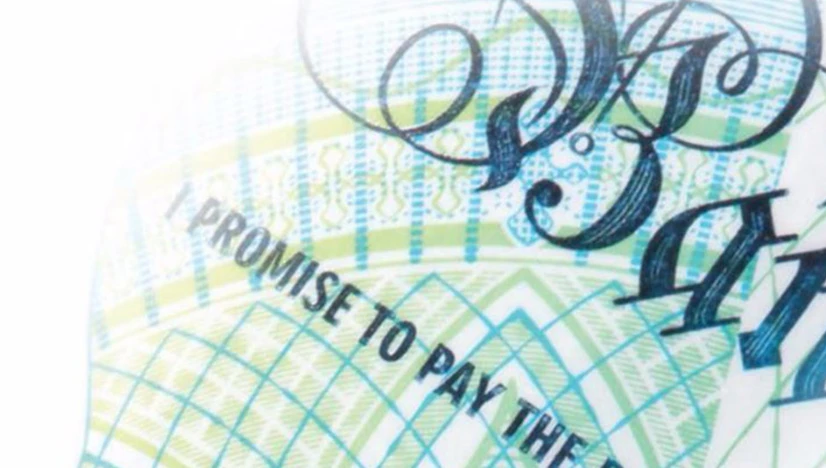Money in the modern economy: an introduction
Bank of England, 2014
The Bank of England's introduction to money in the modern economy is composed by a video and a paper which work hand in hand. In them, money is presented as a form of debt, issued by someone and spent as credit by someone else. Furthermore, the three main types of money in the modern economy are presented. These are currency, bank deposits and central bank reserves. Each represents an IOU (I owe you) from one sector of the economy to another. While we tend to associate money with currency, it only makes up 3% of money used for consumption, being most of it in the form of bank deposits. The article also introduces readers to the balance sheet, a powerful tool which allows us to track money through the monetary circuit.
Comment from our editors:
Despite the ordinary role that money plays in our day to day, it is hard for most of us to define what money is and the reasons why we associate value with it. The article presented here, with its accompanying video, provide a concise, yet realistic description of money in the modern economy. This explanation is in contrast with the mainstream view, which treats money as any other commodity and prevents citizens and economists alike to reach a deeper understanding of the connection between private debt and financial instability.

